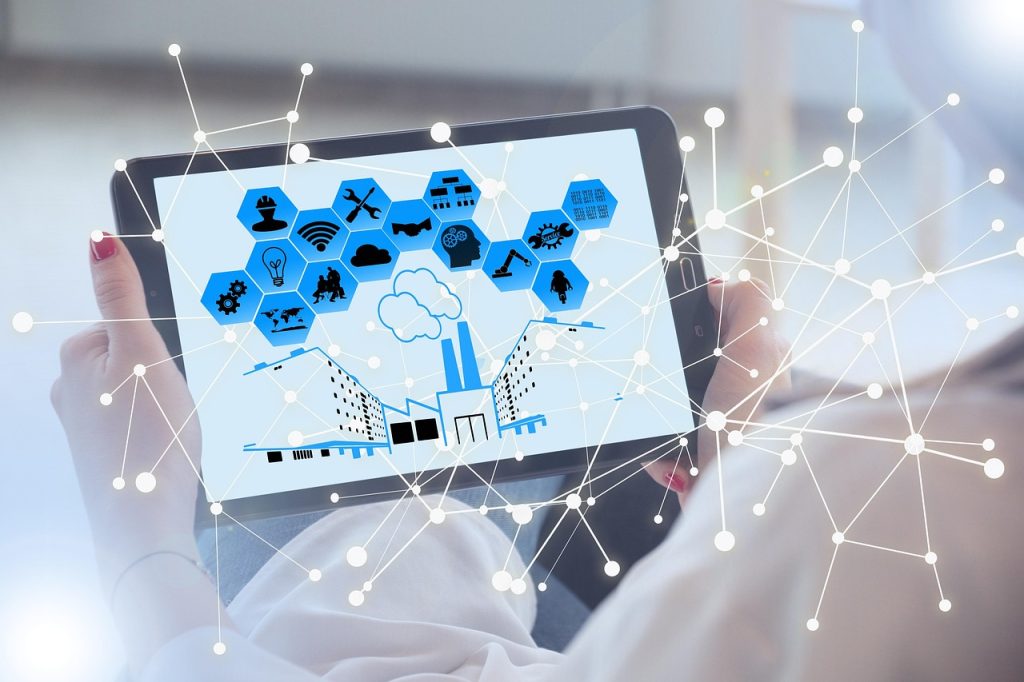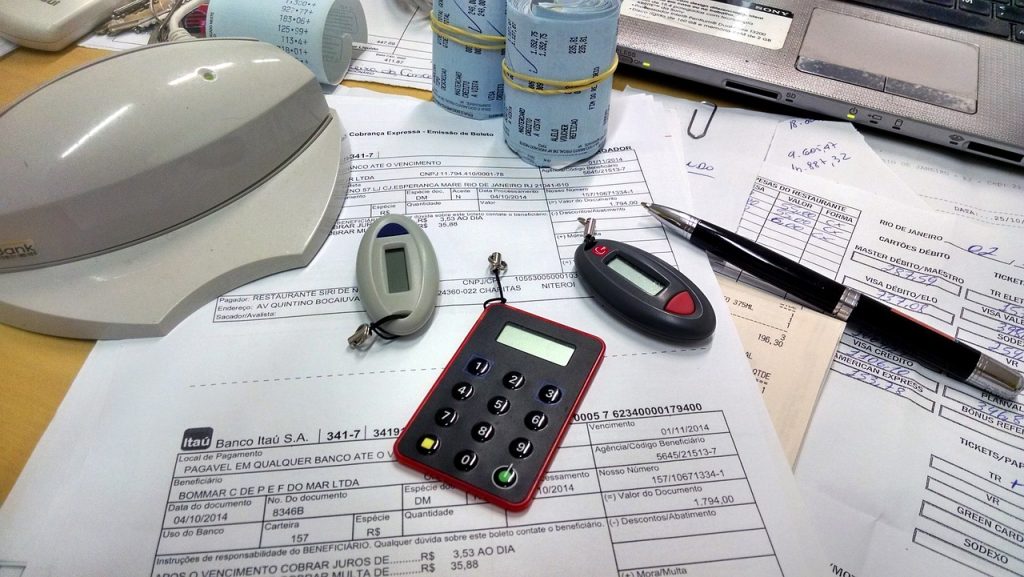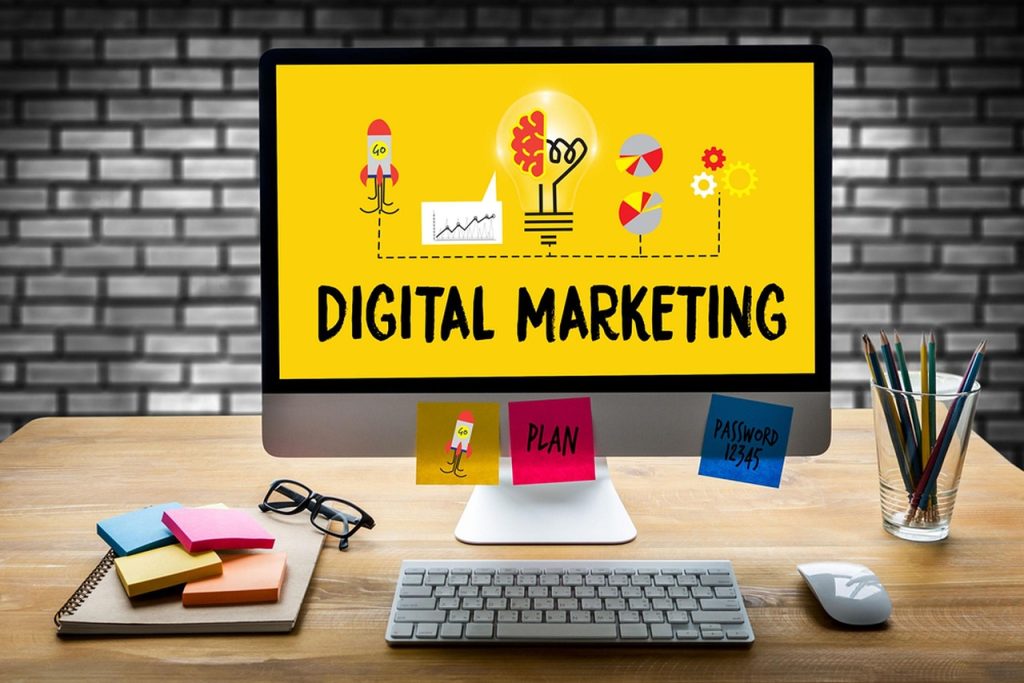
Top 6 Retail Technology Trends to Enhance Your Retail Business
Innovations in digital technology have made their impact on the retail industry in ways that were unpredictable just a few short years ago. At the same time, there have been conversations around the topic of a ‘retail apocalypse’, where many voices are saying that brick-and-mortar retail stores are quickly becoming a thing of the past.
There is data that supports that theory, but there are some retail industry trends that tell a different story about what the future holds. In fact, thanks in large part to their adoption of retail tech, brick-and-mortar retail stores are still holding their own against their large corporate competitors.
It’s a good thing, too, since technology in the retail industry is not only spreading far and wide, but retail tech itself is also evolving rapidly. Keep reading to find out all you need to know about ongoing retail technology trends.
Which tech trends are retail business owners investing in for 2020?
- Digitalization of shelves
- QR codes
- Self-checkout
- Mobile wallets
- VR/AR for customization
- BOPIS (buy online, pick up in-store)
Top 6 retail technology trends for 2020:
1. Digitalization of shelves
This form of retail technology can come in several different forms. For one example, the grocery retail giant Kroger has teamed up with Microsoft to enhance the physical retail store shelf with digital price tags. Their system “uses digital displays, instead of traditional paper tags, to indicate everything from prices and promotions to nutritional and dietary information.” Not only does this reduce the environmental impact they have by cutting down on paper usage, but it also gives customers the ability to use their smartphones to make the physical retail experience more efficient, more personalized, and more fun!
Additionally, Kroger has begun implementing what they call “pick-a-light productivity”, which is the use of visual indicators that help employees know what to get and where to go in order to speed up curbside pickup orders. The possibilities of improving the customer experience and the employee experience are only limited by the imagination of retail technology developers.
Other retailers, such as Walmart for example, have started adopting a visual search retail technology that allows customers to use a picture of something that they like (as opposed to words) to search for similar products on their home furnishing e-commerce site, Hayneedle.com.
Even though this technology can be a bit pricey, that’s only because it’s still relatively new. So, while the digitalization of shelves is now largely used by mega-retailers due mainly to the costs involved, it will eventually be more common in small retail businesses as well. For the time being, retail business loans can be the solution if financing is stopping you from using retail tech.
2. QR codes
Those funky-looking pixelated labels that we’ve seen more and more of over the past decade or so have become particularly popular among smartphone users (which is basically everybody these days). But those codes are more than just a fun gimmick that gives customers a cool and interesting reason to whip out their phones (as if people need another excuse to be on their phones). QR codes are an incredibly useful form of technology in the retail industry, as they are extremely cost-effective and allow for a wide range of uses. The ROI (return on investment) can also be measured easily since all of the data produced is processed and stored through digital systems from the start.
Here are a few ways that QR codes are among the best new retail technology trends:
- Drive increased traffic to a website
- Diversify a social media marketing strategy (and offline ads as well)
- Provide customers with detailed information about a product (price, packaging date, expiration date, origin, nutritional value, etc.)
- Offer a fast way to make a cashless payment
- And much, much more
Out of all of the most recent retail technology trends, QR codes are probably the easiest to put into action for even the smallest retailers. If you own a retail store, this is one of the first forms of retail tech you should get started with.
3. Self-checkout
While you may be thinking that this isn’t really a new retail technology, it depends on what type of retail store is being considered. Supermarkets were one of the first sorts of retailers that started using self-checkout systems. By this point, it might even be hard to find a supermarket without lines for customers to pay on their own. But, when we take a look at the fashion retail industry, for example, the adoption of this retail tech has been a bit slower.
The reason that many retail businesses (outside of grocery stores) have been so slow to join in on the self-checkout trend has got a lot to do with the complications brought on by magnetic security tags. But that didn’t stop Zara, for one, from starting the use of self-checkout retail technology in 2018. What are the benefits of self-checkout retail tech? The most obvious is that it does away with long lines at checkout. But you can also have employees bring checkout to your customer (with handheld card swipers or tablets with checkout retail software).
The bottom line: Self-checkout is boosting the customer experience across many different kinds of retailers. As a small business owner, you should strongly consider implementing this retail industry trend as a way to keep your store efficient and up-to-date.

4. Mobile wallets
Retail membership cards are not a new retail technology by any stretch of the imagination. But one of the new retail industry trends worth mentioning is the mobile wallet, which is essentially a digital version of the membership card with lots of bells and whistles included.
For example, Target recently launched a mobile wallet that customers can use to make their shopping experience in many ways, including:
- Access coupons and special offers
- Pay quickly and easily
- Eliminate the need for cash or cards
- Track purchasing habits/history
- And more
Again, this new retail technology may be a bit out of the budget for the average small retail business owner. But, in only a short while the costs of adopting this type of retail tech will become more affordable. In the meantime, it’s important to stay informed of what the retail technology trends of today are so that you can be ready to take the right steps in the future.
Consider applying for business loans through Become to help cover the costs of implementing certain retail technology trends. With advanced algorithms, Become is revolutionizing the business lending process by making it faster, easier, and more likely to result in funding.
5. VR/AR for customization
Virtual reality and augmented reality are arguably the most intriguing types of technology in the retail industry today. There are creative ways to use VR and AR for marketing purposes, but on a more practical level retailers have begun using VR and AR to give customers a better shopping experience. Have you ever been at the store and wondered “what will this look on me or at home”?
Well, today you can try on glasses virtually or see if a new sofa will fit in your living room without taking it home to find out the hard way. Nike has even started using VR and AR to give customers the ability to test shoes in the virtual world. Customers can even use VR retail tech directly on their smartphones without ever having to enter the physical store, which can be a huge plus for small retailers who operate either primarily or exclusively online.
The uses for virtual reality and augmented reality in the retail industry are just starting to be explored. Over the coming years, we are likely to see these retail technology trends be applied in incredible ways. They might be likely to break the bank for a small or medium-sized retail business, but that’s only a temporary obstacle.
Of course, the type of business will affect the kind of industry loans a business needs, as well as the specific circumstances that business finds itself in. Be sure to weigh your options carefully in order to choose the right funding solution for your business.
6. BOPIS (buy online, pick up in-store)
The ultimate goal of using new retail technology is to improve the business in one way or another. Giving customers the option to buy online and pick up the item in-store is not new, but BOPIS is poised to expand its reach in the coming year. For example, as more and more retail store smartphone applications are released, new demands are being placed on BOPIS retail technology as it is combined with new retail technology in the form of those mobile apps.
Similarly to other retail technology trends, the convenience of ‘buy online, pick up in-store’ retail software makes the shopping experience all the more enjoyable for customers. One important note is that many retail experts advise not to rush into implementing BOPIS too quickly. Be sure to test the retail software, double-check, and then triple-check it before launching, because customers are often unforgiving if the technology doesn’t operate properly during their first use.
How do consumers feel about retail tech?
What do consumers feel about technology in the retail industry? The simple answer is, they love it! Let’s face it, nobody likes waiting in long lines or driving to the store just to find out the product they want is out of stock. Those are a couple of good examples, but let’s expand on that a bit by discussing what consumers specifically like about new retail technology.
Consumer opinions about retail tech:
- 63% of consumers say they’d use more coupons if they were available online
- 67% of shoppers say they want to use BOPIS to make their shopping process faster
- 44% of consumers between 35 and 44 years of age have a mobile wallet
- 87% of shoppers start their retail experience digitally
- Online retail sales have increased by more than 300% since the year 2000
- 67% of Millennials (along with 56% of Gen Xers) say they prefer online shopping rather than in-store shopping
As retail technology evolves and becomes more entwined with the everyday procedures of the shopping experience, those numbers are bound to increase. It’s crucial that, as a small retail business owner, you stay in touch with retail industry trends that are continuously shifting. Whether or not they are immediately available at your disposal, it’s essential that you be aware of innovations made in retail tech and retail software in order to remain competitive with larger retailers.
Checking out
Technology in the retail industry is intimately connected to the consumer’s shopping experience. Regardless of what the retail store specializes in selling, new retail technology is changing how customers find, select, and purchase goods. Don’t be left behind!
With the information provided here, you are well on your way to getting (and keeping) your retail business up-to-date. We hope you find this article helpful. Please feel free to share with colleagues and, of course, on social media.




